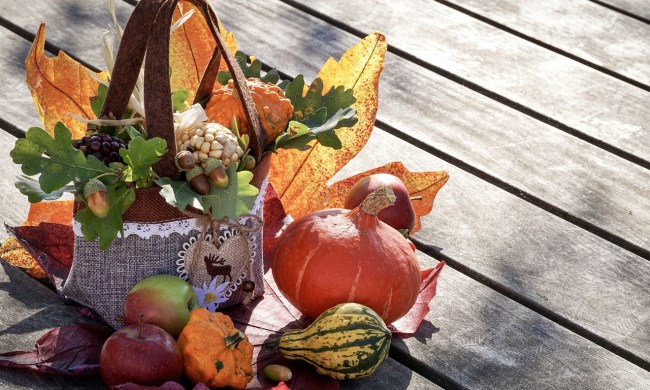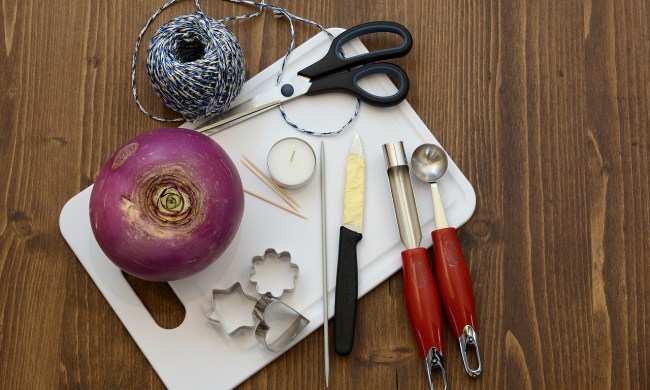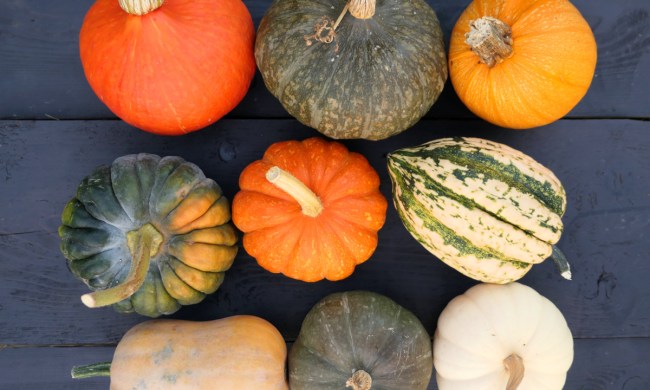Apples are some of the tastiest, most abundant fall harvests. If you’re overwhelmed with how many bushels of apples your trees have yielded and are trying to use them up in more than just pies, look no further. Below, we’ve gathered several ideas to help you figure out what to do with a bunch of apples to make sure none of your fruit goes to waste.
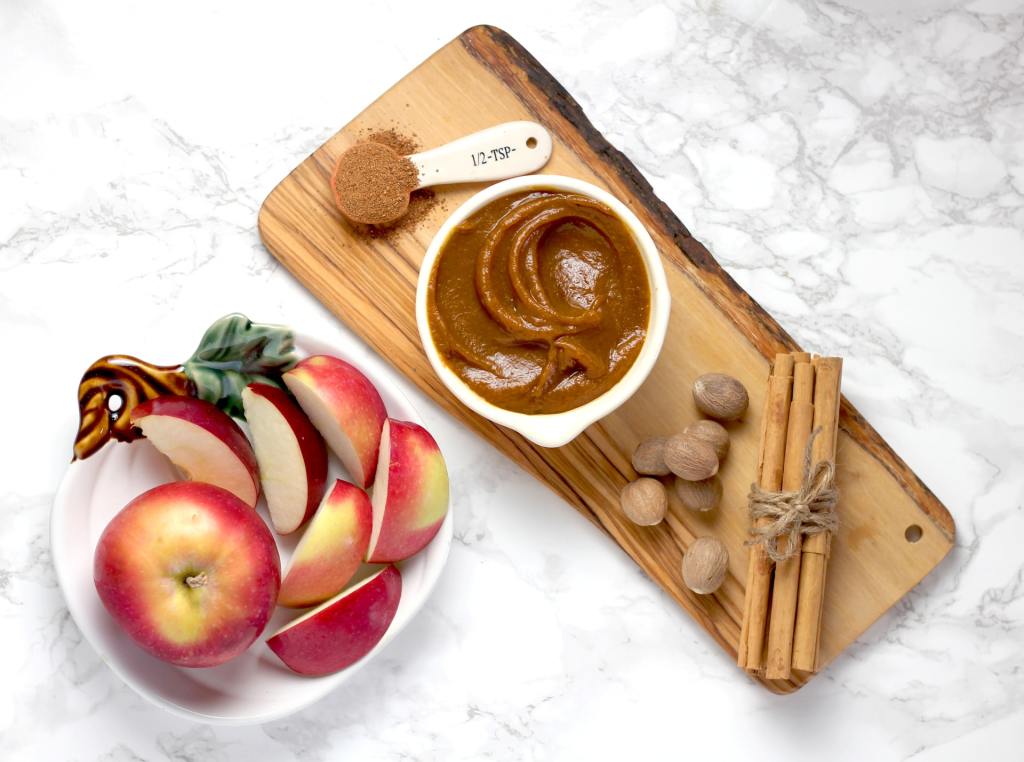
Cook and bake your apples
So, what can you do with a bunch of apples? As your fall harvest of apples begins to pile up, you might get overwhelmed with what to do with them. Here are some new and unique ways you can prepare apples to enjoy them all through the season.
Crisps and pies
Of course, there is the classic apple pie or apple crisp. These are great ways to use up apples because they often call for six or more apples. You can bake a few pies or crisps for friends, family, or neighbors and share your harvest with those around you.
Cake and muffins
Less famous than pies but still a favorite among apple lovers, apple cakes and muffins are delicious and can also serve as a breakfast snack with your morning coffee. You can always make a big batch of apple muffins and freeze them for later.
Butter and sauce
You probably reach for a jar of apple butter at the fall hayrides every year, but you can also make this yummy topping at home. Making apple butter uses up a bunch of apples, so you can reduce your huge pile at home. In addition, you can make some homemade applesauce as well. Here is a recipe from MidwestLiving for awesome apple butter.
Fried
While the above ways to eat apples might be our favorites, they can get boring. So here we have a recipe from Tikkido.com for fried apple rings. These rings are thin slices of apples fried in a pancake-like batter and then sprinkled with powdered sugar. They’re easy and will become an instant favorite. They go great with ice cream after a holiday meal or with a cup of tea or coffee before breakfast with your family.
Salads
You can toss a handful of thinly sliced apples into almost any salad, but a unique way to eat apples is in this yummy cabbage salad with apples and walnuts by Mom’s Kitchen Handbook. It’s colorful and offers a different way to enjoy your favorite fruit on a healthy salad.
Roasted
Roasted apples are a sweet treat without all the sugar of a pie or crisp. These roasted apples by Martha Stewart only call for a small amount of sugar and cinnamon. You can add them to a bowl of vanilla ice cream or eat them on their own as a sweet and delicious snack.
Slow cooker
Similar to roasted apples, you can use a slow cooker to soften apple slices. Add some butter, cinnamon, and sugar to a bowl of sliced apples, then put them in the slow cooker for an hour or two. What you’ll have is a soft, saucy, and spice-filled treat that’s great on its own or on top of ice cream.
Cheese board
Charcuterie boards are a trendy way to serve guests before a big meal, and we love to add fresh fruits to ours. Apples are an excellent choice. Their crisp juices cut through the creamy cheeses and cleanse your palate. Thinly slice a mix of red and green apples for a range of sweet and sour, then add all your favorite cheeses, crackers, jams, olives, and nuts. Have some fun setting it up and watch as friends and family enjoy. Or maybe make one just for yourself!
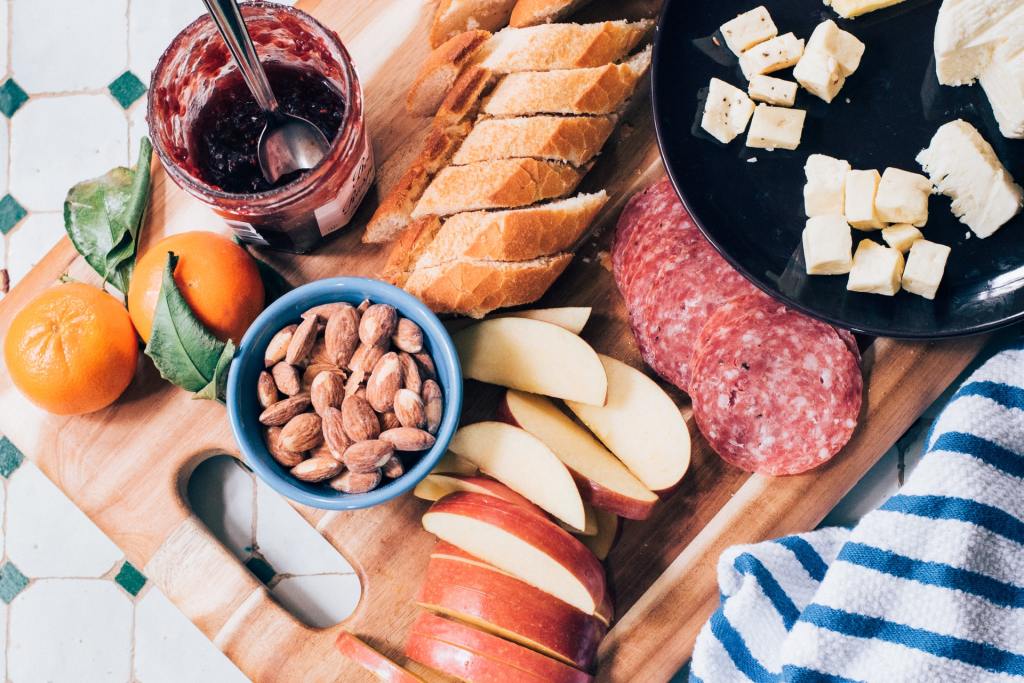
Preserve your apples
Even with all these fantastic recipes, you might still have leftover apples that you just don’t know what to do with. Instead of letting them go bad, here are some ways you can preserve your apples.
Canning
Canning apples in a light sauce is a great way to keep them tasting fresh for a long time. However, be sure the apples aren’t too soft, or else they might fall apart. You can add spices and other yummy additions to your canned apples. This way, you’ll have homegrown apples all year round, and you’ll save them from the trash can or compost pile.
Dehydrating
Although this method won’t keep as long as canning, it’s another way to extend the shelf life of your apples by months. Using either an oven or a dehydrator, you can make apple chips that are great as a standalone snack or as an addition to sandwiches or salads.
If your kitchen counter is starting to look like the produce section of a grocery store, you might want to try out some of these incredible ways to bake, fry, roast, slow cook, and preserve your deliciously homegrown apples.
